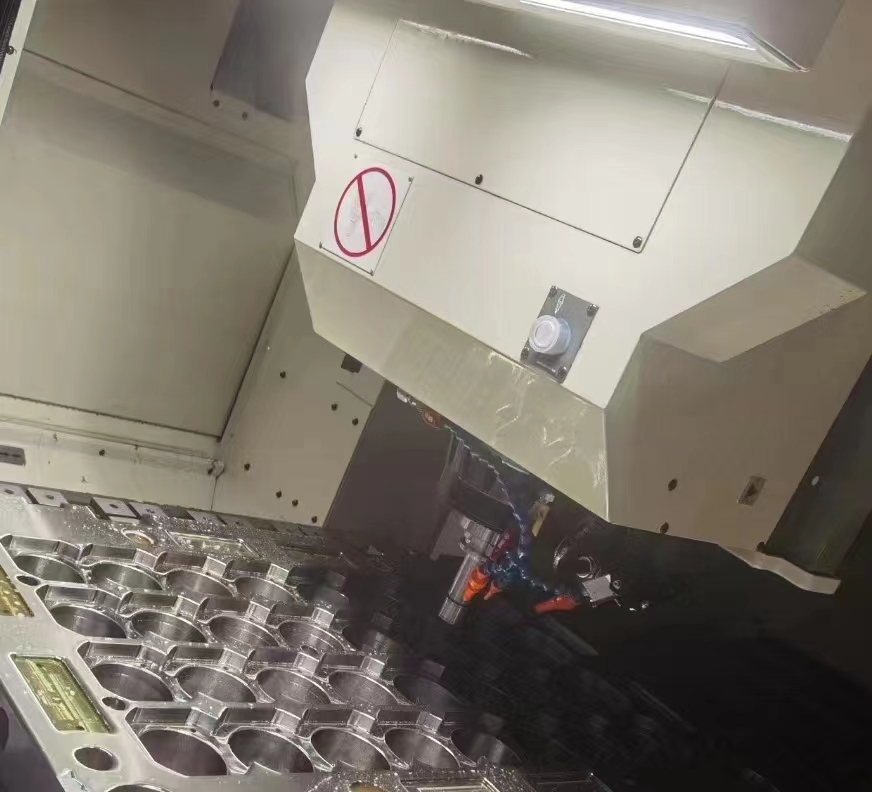In the fast-paced and highly competitive world of manufacturing, especially within South Korea, the efficiency of production processes cannot be overstated. One of the critical components that often gets overlooked is the mold base. Mold bases play an essential role in various manufacturing sectors, particularly in plastic injection molding, die-casting, and stamping applications. This article will delve into the importance of mold bases in Korean manufacturing, emphasizing their impact on productivity and quality assurance.
What are Mold Bases?
Mold bases are robust structures that serve as the foundation for molds used in manufacturing processes. They provide the necessary support to the mold and enable the precise alignment of the mold's components. Typically made from durable materials like steel or aluminum, mold bases can withstand the considerable pressures and temperatures associated with various manufacturing methods. A well-designed mold base is fundamental for ensuring that the final products meet the required specifications.
Key Components of Mold Bases
Understanding the composition of mold bases is vital for recognizing their importance. Key components include:
- Base Plate: The primary support for the mold, which retains the required tolerances and dimensional accuracy.
- Guide Pins and Bushings: These components ensure precise alignment between the mold halves, crucial for maintaining the integrity of the manufactured part.
- Ejector System: A mechanism that facilitates the removal of the molded part from the mold, minimizing defects and damage.
- Cooling Channels: Channels integrated into the mold base that regulate temperature during the manufacturing process, significantly affecting cycle times and product quality.
Importance of Quality in Mold Bases
The quality of mold bases directly influences the overall manufacturing process. High-quality mold bases contribute to:
- Increased Lifespan: Durable materials and precise engineering increase the mold base's lifespan, reducing the need for repairs and replacements.
- Better Product Quality: Accurate mold alignment and effective cooling channels reduce defects in the final product.
- Cost-Effectiveness: Investing in high-quality mold bases leads to long-term savings through improved efficiency and lower defect rates.
The Role of Technology in Mold Base Manufacturing
As South Korea continues to leverage advanced technologies in its manufacturing sector, the production of mold bases has also evolved. Techniques such as Computer-Aided Design (CAD) and Computer Numerical Control (CNC) machining enable manufacturers to achieve greater precision in mold base production. This technological advancement allows:
- Customization: Tailored mold bases specific to a client’s unique requirements, ensuring optimal production.
- Increased Speed: Reduced lead times in mold base manufacturing due to efficient machining processes.
- Enhanced Quality Control: Improved monitoring systems and precision tooling reduce human errors and enhance output consistency.
Regulatory Considerations in the Korean Manufacturing Industry
In South Korea, manufacturing practices are subject to rigorous regulations to ensure the safety and quality of products. Understanding these regulations is crucial for manufacturers. Some key regulatory considerations include:
- ISO Certifications: Adhering to international standards for quality management systems helps enhance product reliability.
- Environmental Regulations: Sustainable practices in mold base production are not only beneficial for the environment, but they also enhance a company’s reputation.
- Safety Standards: Compliance with safety regulations protects both workers and products, fostering a safer manufacturing environment.
Challenges Faced in Mold Base Manufacturing
While mold bases are fundamental to manufacturing processes, several challenges affect their production and usage:
- Material Selection: Choosing the appropriate materials to balance cost and performance can be challenging.
- Design Complexity: As product designs become more intricate, mold bases must also evolve to accommodate these complexities.
- Cost Management: Balancing the costs associated with high-quality mold bases and maintaining profitability can be a tightrope walk.
Conclusion
In conclusion, mold bases serve as a backbone for the manufacturing processes in South Korea. Their significance cannot be understated, as they influence productivity, product quality, and overall operational efficiency. By investing in high-quality mold bases and leveraging technological advancements, manufacturers can enhance their competitive edge in the industry. Furthermore, being aware of regulatory considerations and the challenges faced in this field paves the way for better decision-making and strategic planning. As the manufacturing landscape continues to evolve, the importance of mold bases will remain a pivotal factor in achieving excellence in production.
FAQs
What materials are commonly used in mold bases?
Typically, mold bases are made from durable materials like steel or aluminum, chosen for their strength and resistance to wear and tear.
How does a mold base affect product quality?
A mold base ensures proper alignment and cooling during the molding process, which significantly reduces defects and ensures consistent product quality.
What technologies are used in mold base manufacturing?
Advanced technologies such as CAD and CNC machining are commonly used to produce precision mold bases efficiently and reliably.
Are there industry standards for mold bases in South Korea?
Yes, adherence to ISO certifications and safety standards is crucial for maintaining quality and safety in mold base manufacturing.
What are the key considerations when designing a mold base?
Important considerations include material selection, design complexity, cooling requirements, and ensuring compliance with relevant regulations.

